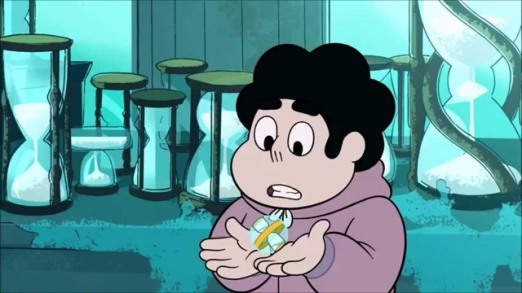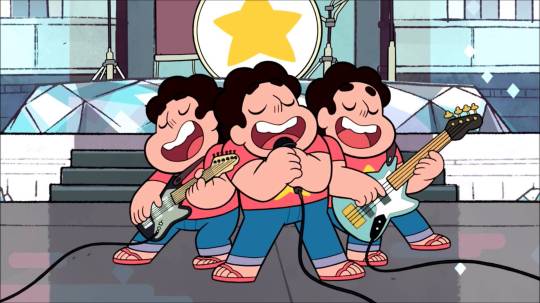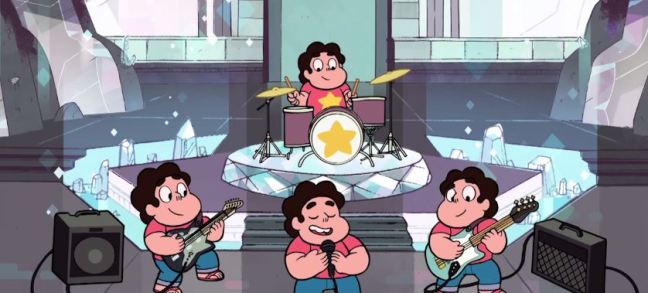When we write for any reason, we need to be as clear as possible so that the recipient of our message understands what we want to say. Errors such as punctuation or spelling mistakes can confuse our reader. Unfortunately, it can be difficult if we aren’t sure what the rules are. That’s why I started Pop Culture Grammar Bytes. Let’s get to know grammar better by looking at it with a pop culture twist!
Today, we’re going over the difference between plural and possessive. I’ve seen many a writer mix up this particular grammar point, leading to huge misunderstandings by the reader.
I’m Not (Going to be) a Writer, so Why is Grammar Important for me?
 I’m glad you asked! Writing is a useful skill that benefits people regardless of career choice or interests. You don’t have to be a writer to use grammar to your advantage. Knowing grammar rules can enhance your resume, boost your written-communication skills (important for getting jobs, communicating with friends/family, and for sending messages at work), help you write entrance essays for college or tech school applications, and help you pass classes in said higher ed programs. At the absolute least, knowing your grammar rules can save you from nasty encounters with overly enthusiastic, self-righteous grammar jerks in online spaces.
I’m glad you asked! Writing is a useful skill that benefits people regardless of career choice or interests. You don’t have to be a writer to use grammar to your advantage. Knowing grammar rules can enhance your resume, boost your written-communication skills (important for getting jobs, communicating with friends/family, and for sending messages at work), help you write entrance essays for college or tech school applications, and help you pass classes in said higher ed programs. At the absolute least, knowing your grammar rules can save you from nasty encounters with overly enthusiastic, self-righteous grammar jerks in online spaces.
There are virtually no limits to the number of ways that having good grammar skills will benefit you no matter where you see yourself in the future. Although you should never feel so paralyzed by grammar that it stops you from writing at all, good grammar can really help your readers understand what you’re trying to say (I strongly advocate not worrying too much about grammar as you write, and only fretting worrying about it during the editing stages). Having said that, let’s get started!
Stevens vs. Steven‘s, What’s the difference?
First, let’s make sure we cover the basics. For simplicity, we won’t be getting into the finer details of possessive punctuation today, but you can look forward to it coming soon!
Plural means that there is more than one of some noun. We use an s at the end of the noun to show that there is more than one. When you mix up the punctuation rules for these two grammar points, your reader doesn’t know when there is more than one of whatever you’re talking about, or when someone owns whatever you’re talking about. Let’s take a look at a few examples:
There is one Steven Universe:

Oops, now there are two Stevens. Plural:

And now, they are Steven and the Stevens:

Note that no matter how many more Stevens we add, we only add the one s to the end:

Now let’s double-check our basics of possessive punctuation.
Possessive means that we are showing that something belongs to someone (or sometimes, to something). Similar to possessive, we put an s on the end of a possessive word to show that something belongs to someone (or to something), but we also add an apostrophe (that’s this little thing –> ‘ ).

This is Eustace‘s chair, and he is not getting out of it. (The apostrophe before the s shows us that the chair belongs to Eustace).

Steven fights with Rose‘s shield. (There is only one Rose, and the shield belonged to her).

Moana‘s people were voyagers. (Again, there is only one Moana, and the people that she is part of were voyagers).
Now, I’ll take a moment to mention that there are more rules for how to use possessive punctuation. If there is one Steven and he owns a lion, you will place your apostrophe in a different place than if there are many Stevens and they own a lion. For simplicity, we aren’t going to get into those finer points today. Keep an eye out for future Grammar Bytes about possessive punctuation rules!
For now, the key thing to remember is that when you want to show ownership, you will need an apostrophe. Just think “hey, this apostrophe belongs to me!” If you’re just showing that there are multiple of someone or something, you don’t need any extra punctuation. Just think “how many s are there?”
Where Confusion Comes In
Keep in mind that using this grammar wrong can really confuse anyone you’re trying to communicate with. My PhotoShop skills aren’t impressive enough to represent some truly confusing misuses of this grammar, but take a look at this example:
Person A and Person B are chatting through messenger. Person A types ” Who’s computer is that? ” and Person B says, ” Oh, it’s Riley’s boyfriends. ”
Person A is going to be a little confused. They think that Person B means that Riley has multiple boyfriends, and that Person B didn’t answer their question. What Person B meant was that the computer belongs to Riley’s boyfriend. It is Riley’s Boyfriend‘s computer (and she only has one boyfriend).

Questions? Need more examples? Want to make sure you’re understanding it completely? Share in the comments! You can also connect on Twitter at @Popliterary, or send a message on the “contact” page.
And as always, if you have a literary device or grammar rule you want to know more about, or a game, comic, show, or movie that you want to see make an appearance on the blog, leave a shout-out in the comments!


I’m looking forward for more lessons! I’m actually learning my English grammar and I’m willing to accept more. I also need to know if what I know is really the right thing.
LikeLiked by 2 people
I’m glad to hear it! I hope that I am able to cover some helpful topics.
LikeLiked by 1 person
I have a question though. What about the possessive where plural noun is used. Like the fathers daughters. Will I use the Fathers’ daughters?
LikeLiked by 1 person
Great question! So, it depends on what you’re trying to say. If you have more than one father, then yes, it is fathers’. If there is only one father, then no matter how many daughters he has, you’ll still use the singular possessive punctuation Father’s. When there are multiple owners, you use that apostrophe at the end. Did that clear this up at all?
I’ll be doing a future grammar byte about this, but I hope that this helps for now!
LikeLike
Thank you! Now I’m certain.
LikeLiked by 1 person